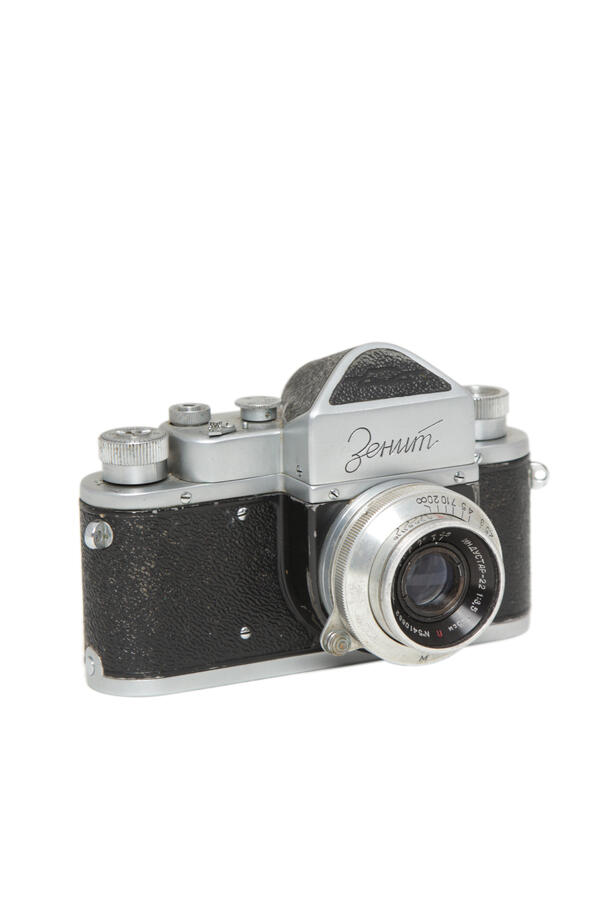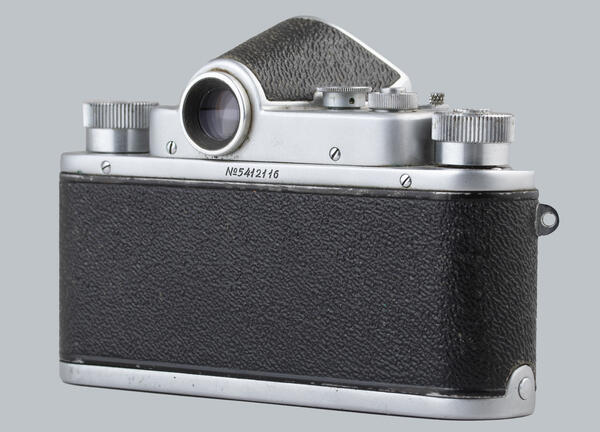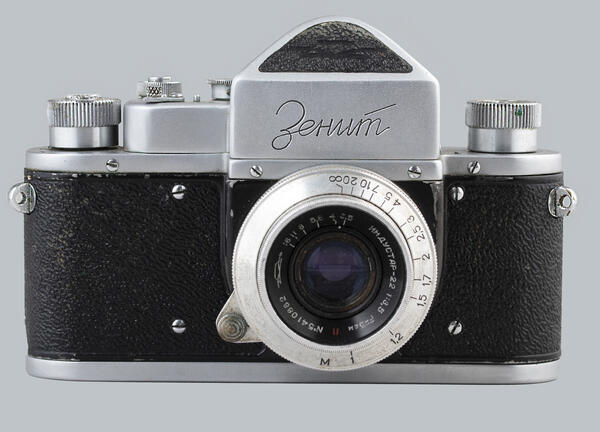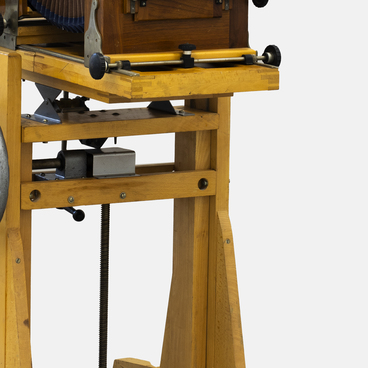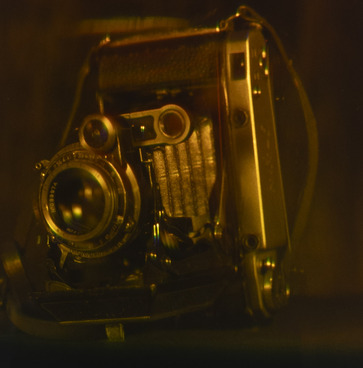Zenit is the first Russian (and the fourth in the world) single lens reflex camera, which used a pentaprism (part of the optical system of a SLR camera, which serves to transmit the image to the viewfinder). Zenit cameras used 35-mm perforated film.
Very soon after the end of World War II, the Krasnogorsk Mechanical Plant began to make peacetime products, such as projection devices for the Lenin State Library, theater binoculars and cameras.
In 1948, the first 50 Zorki cameras were produced, which became very popular and served as a prototype for the Zenit series. The development of the device started at the Krasnogorsk Mechanical Plant at the end of 1949 and lasted two years. The camera was designed by Grigory Dorsky and Ivan Turygin.
The frame in the viewfinder of the first Zenits was visible only when the shutter was cocked. But leaving the shutter in the cocked state was harmful to the springs, so Zenit users had a rule: once the shutter is cocked — shoot!
The Zenit brand repeatedly won prestigious awards and received critical acclaim and recognition from the industry experts. For example, in 1979, a popular English magazine for amateur photographers called What Camera? named the Zenith-EM one of the best cameras of the year.
There are over 40 serial models of Zenit cameras. They all share some common features: they are 35mm cameras and can use interchangeable lenses.
Industar-22 was a kit lens of the first Zenit models. (The name of the lens was derived from the word industry, as the lens was used in the first five-year plan of the Soviet industrialization era). In the late 1950s, it was replaced by the higher quality Industar-50, which was recommended for all types of photography, including color photography and reprography. In the more expensive model, Industar-50 was replaced by high-aperture Helios-44.
Helios lenses were remarkable for their reliability
and high aperture. They are universal lenses, which can be used to shoot
flowers and insects in close-up, almost as in macro photography, as well as
portraits and even landscapes.

